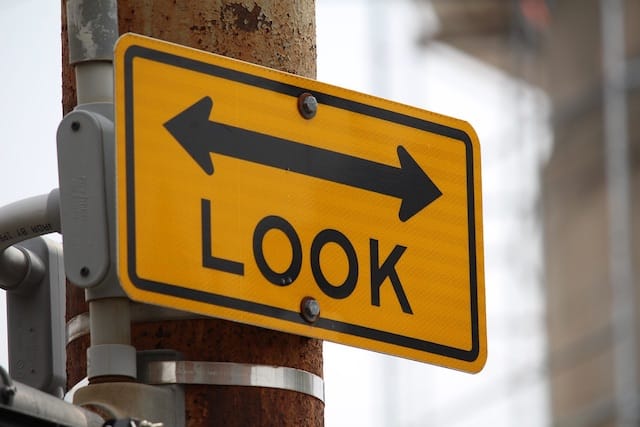
What Is Contributory Negligence
The Definition of Contributory Negligence
When a person is injured in an accident, he or she may consider pursuing a claim against the negligent party that caused the accident. A person may be found negligent for an accident because he or she owed a duty to the injured party, breached the duty, and caused him or her to suffer harm. However, in many accidents, the victim may have contributed to the accident based on his or her own negligence. Contributory negligence principles may apply that limit the injured party’s right to recover compensation for the accident.
Contributory Negligence Principles
Contributory negligence is a common law doctrine that states that if a person was injured in part because of his or her own negligence that the injured party would not be entitled to collect compensation from the party who caused the accident. Contributory negligence principles may apply when a person created an unreasonable risk of harm to himself or herself.
Under this legal theory, everyone has a duty to act as reasonable individuals who take care not to harm themselves. If the person acted in a negligent manner, even if ever so slightly, he or she could be barred from receiving any compensation. Because of the often harsh results of this legal doctrine, many states in the United States have chosen to adopt a comparative negligence approach. However, some states today still apply contributory negligence principles.
Comparative Negligence
Comparative negligence weighs each party’s negligence when determining how to allocate fault between parties while not completely barring a plaintiff to recover compensation. While a contributory negligence defense may prevent a plaintiff from recovering any damages, comparative negligence may simply reduce the amount of compensation that a plaintiff can recover. Two types of comparative negligence systems exist:
Pure Comparative Negligence
In a pure comparative negligence system, the plaintiff is allowed to recover compensation even if he or she was mostly responsible for the accident. However, his or her amount of compensation is reduced by his or her own degree of fault. For example, if a jury determines that the injured victim was the proximate cause for 25% of the accident and she sustained $100,000 in damages, he or she would only be able to recover $75,000.
Modified Comparative Negligence
Under a modified comparative negligence doctrine, an injury victim can only recover compensation if he or she was less than 50% at fault for the injuries he or she sustained. His or her amount of compensation would be reduced by his or her own degree of fault. For example, if a pedestrian was crossing the street when a “walk” signal was not present and a driver was drunk and hit the pedestrian, a jury may determine that the pedestrian was 10% at fault and that there was a clear chance that the drunk driver caused the accident. The pedestrian would still have his or her portion of fault deducted from the amount of damages.
Ultimately, contributory negligence allocates fault between the various parties who may have acted negligently and caused injury to the injured victim.
Amar Esq. PLLC is law firm located in Scottsdale, AZ. Visit our website to view the different types of practice areas our firm handles.
